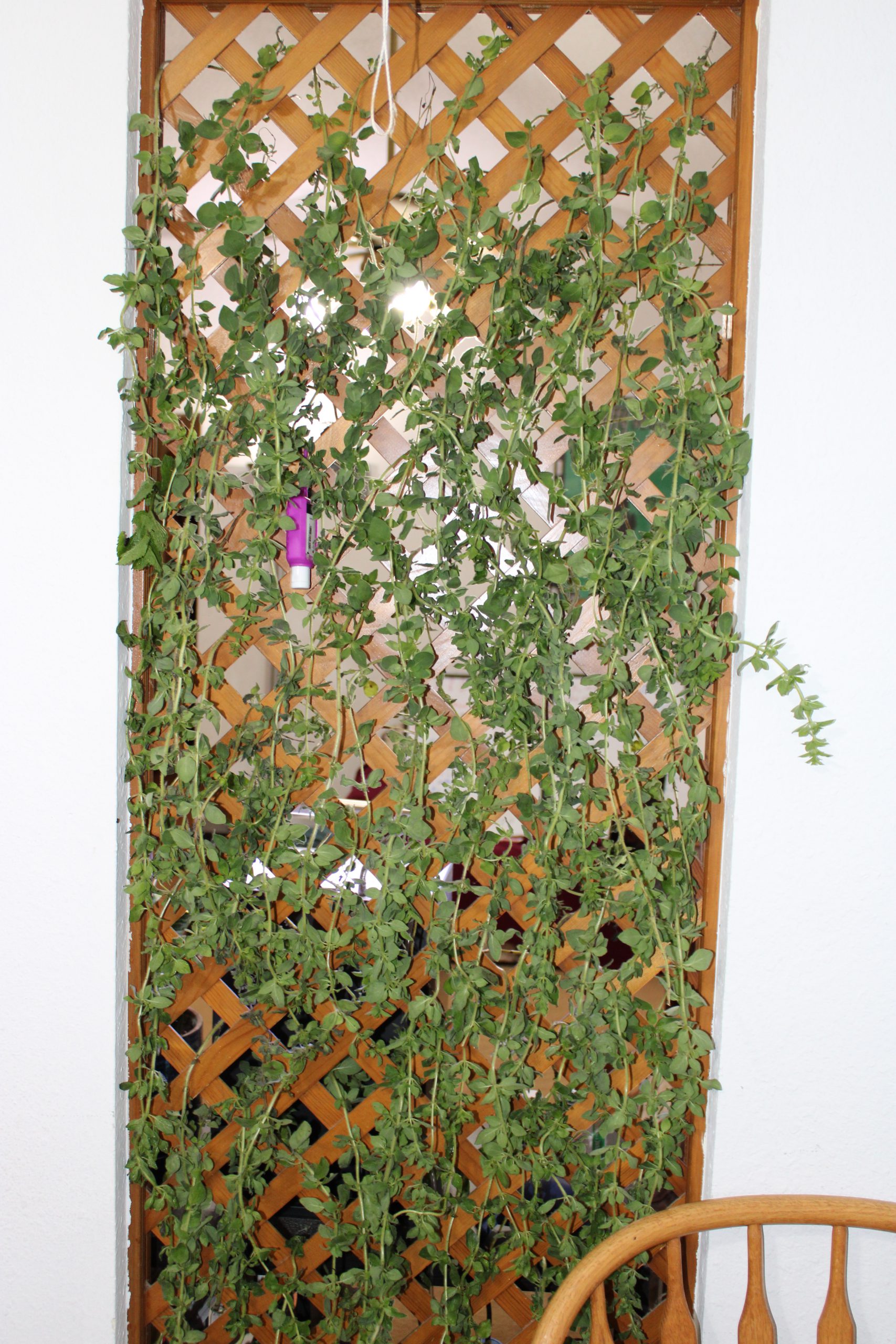Happy Halloween everybody. For many this is that start of the holiday season. I know it is for me. Since I am spending my evening making fruitcake with dried fruit, I realized we have not really talked about drying things as a preservation method. If you follow my Minds account, you have seen shots of Mint and Mexican Oregano that was dried this year. I have showing pictures of my drying racks like in my telling if a tomato is ripe post back a few months. But we never talked about how I handle the drying process. Lets dig into my process for drying herbs.
Drying Herbs
So the first thing we have to address is the various ways we can dry herbs. They are extremely easy to dry. I have a very fancy dryer. It’s big and multi-racked and works very well. I don’t dry herbs in it. I do herbs the old fashion way.
First, I collect a bunch of herbs. In this case mint that I will use in my tea. I love a good glass of mint green tea so I am preparing my mint for drying. This is the time you need to check for bugs. Discard any sickly looking leaves or anything that looks moldy. This will not fix when dried.
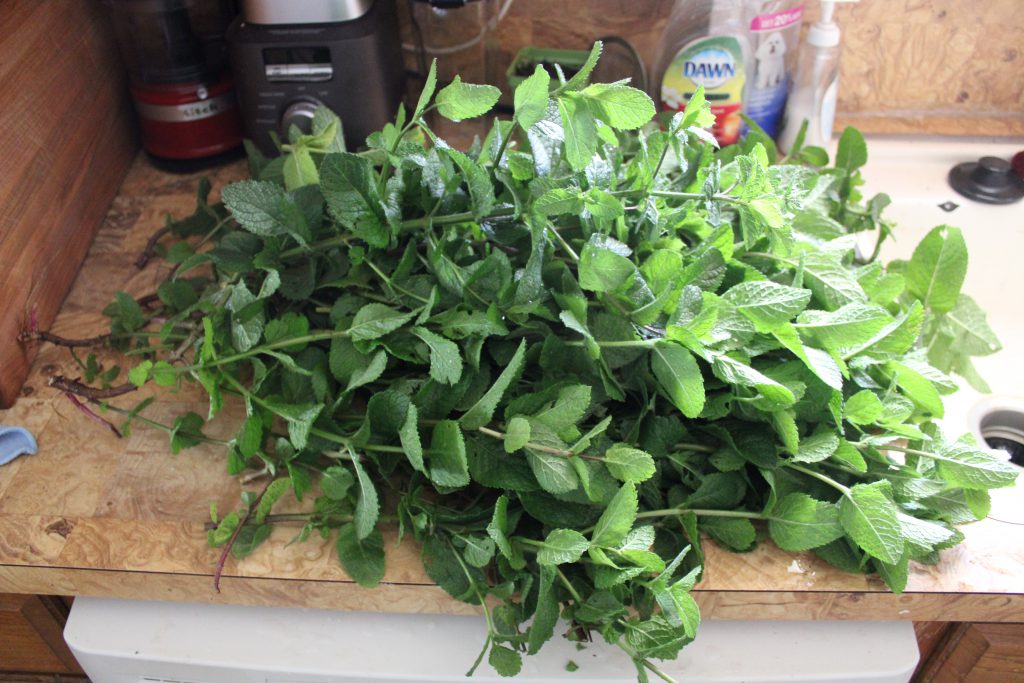
Next we need to wash it in cold water. We want to get any dirt, bugs, or debris off the leaves.
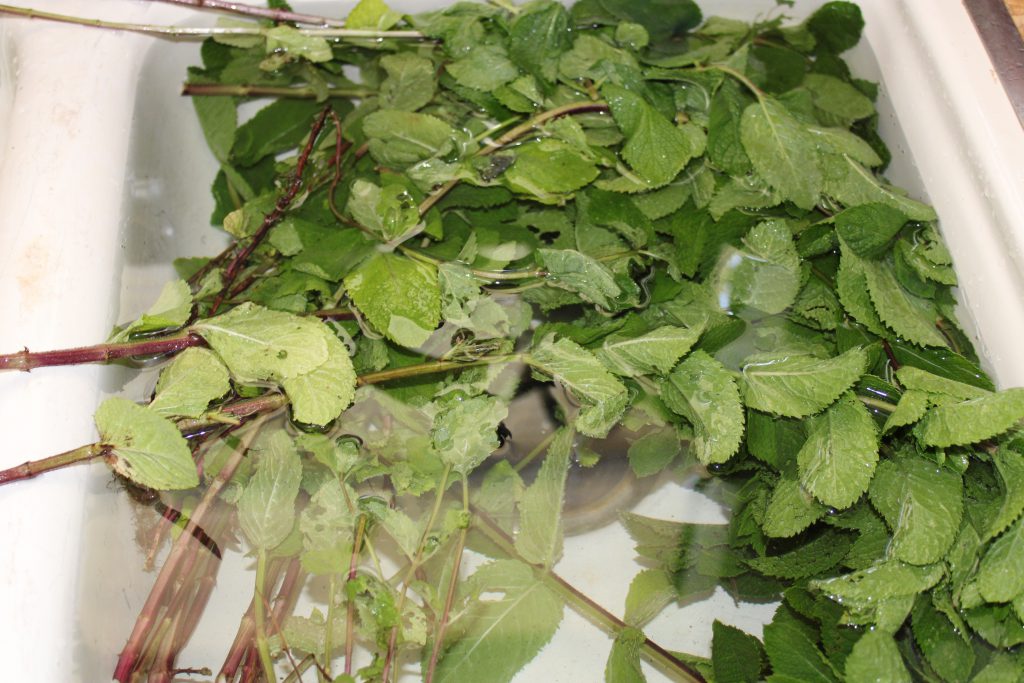
As you can see, I keep the leaves on the stems. This is important. Do not remove the stems.
With that out of the way, we give them a good shake. I would take them outside for this can be messy.
With a set of clean herbs we need to do something with them. I have the horrible trellises in my home. They are ugly as sin but do well for drying herbs.
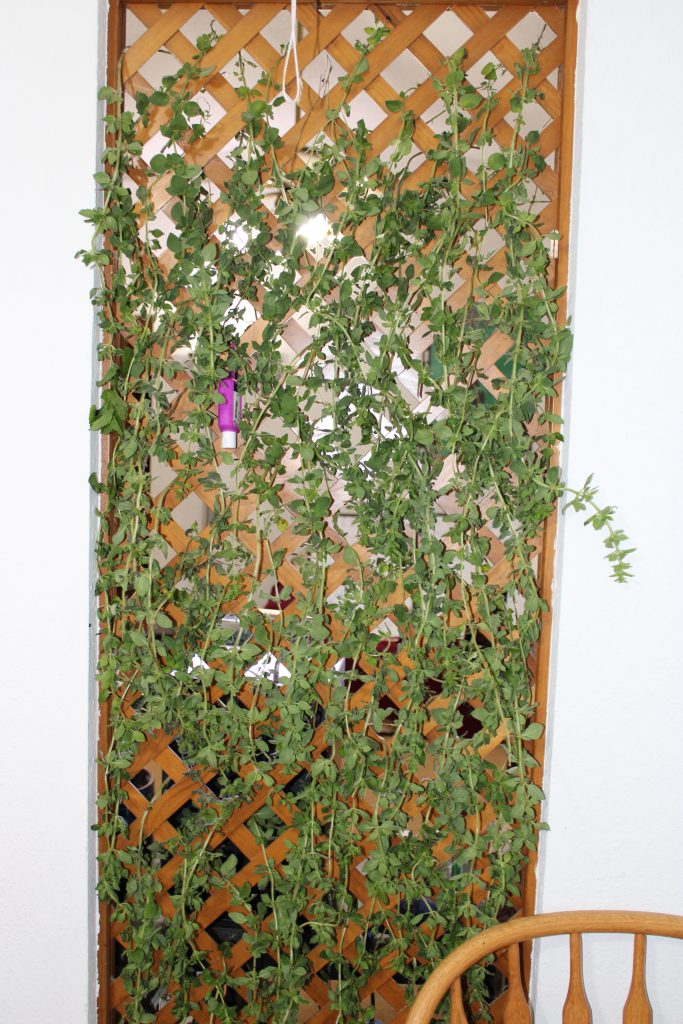
Here is some Mexican Oregano that I have hanging on the trellis. Unfortunately, I did not have a picture of fresh mint so this will have to be a stand in for it. If you don’t have a trellis or your stems don’t want to stay in place, you can use S hooks and the forks in the plant structure to hang them.
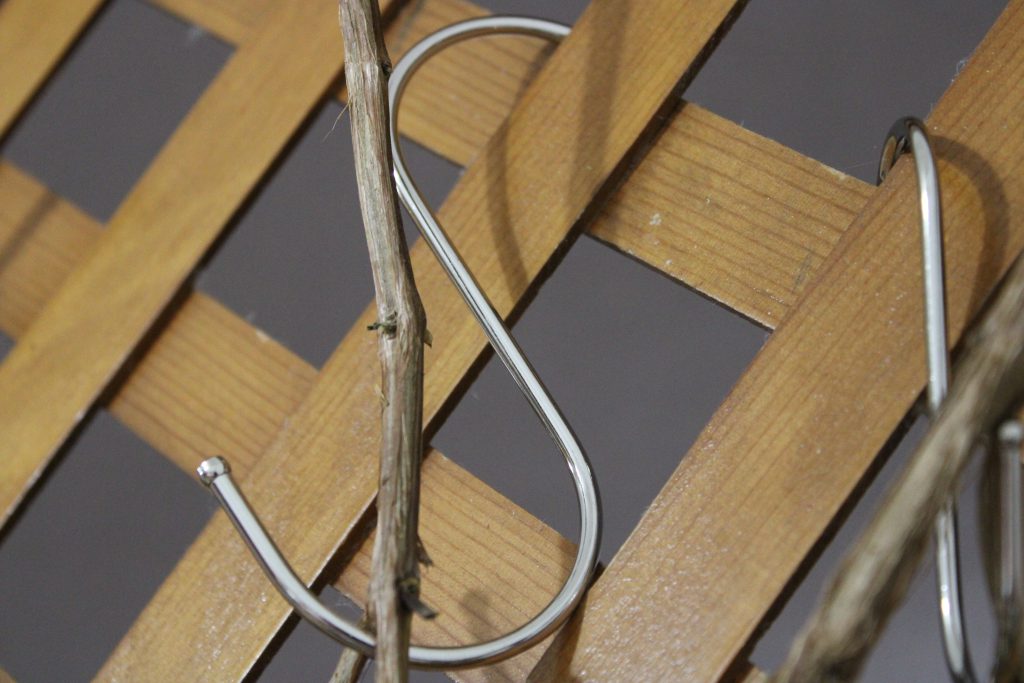
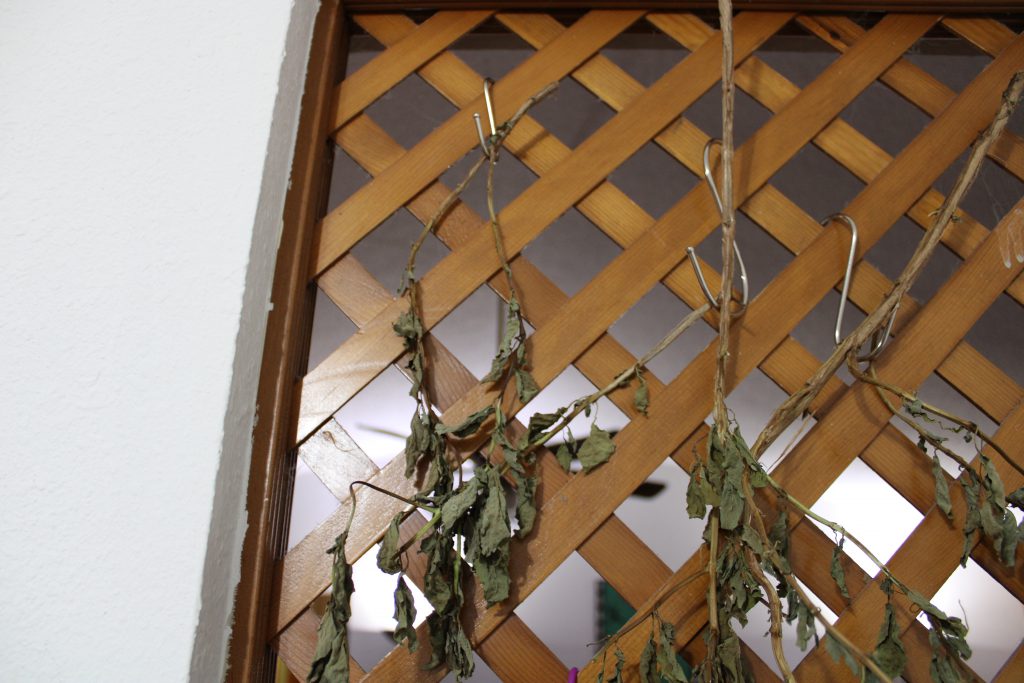
Really, you can use anything. The main criteria is that air can circulate around the herbs as they dry.
Finally, leave it alone. Don’t touch it. Resist the urge to put a fan on it. Don’t even look at too close. Just leave it alone.
Eventually your wall of mint will turn dry and crumbly.
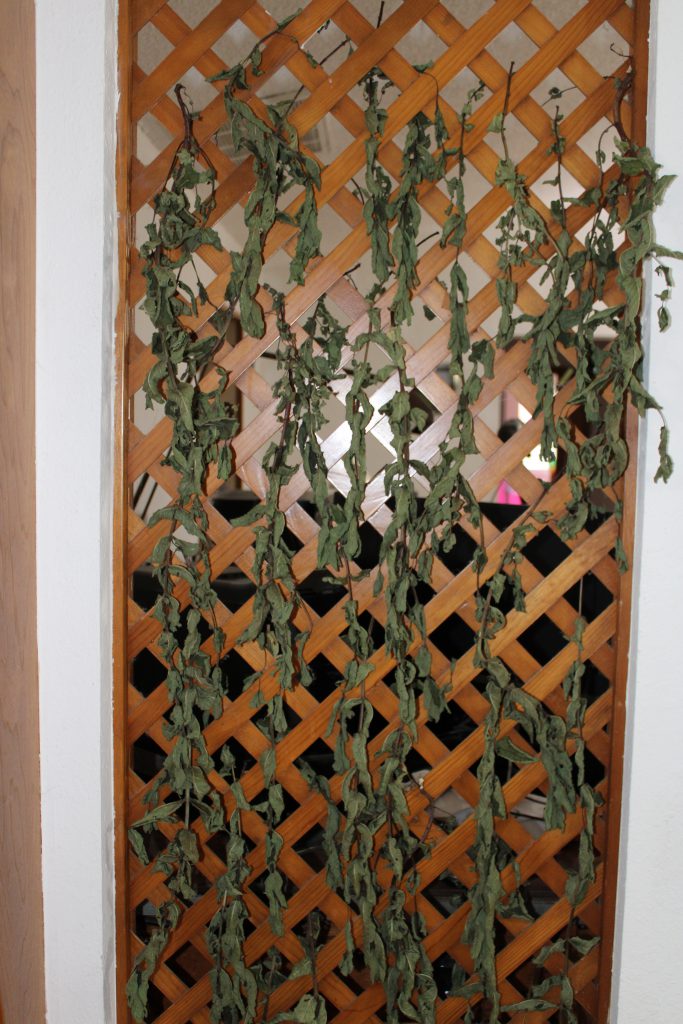
At this point you pull the leaves off the stems and put them in your container of choice. You can also leave them. I wouldn’t but you can. It was what your great grandmother probably did.
Finally, use them for their culinary purpose you grew them for in the first place.
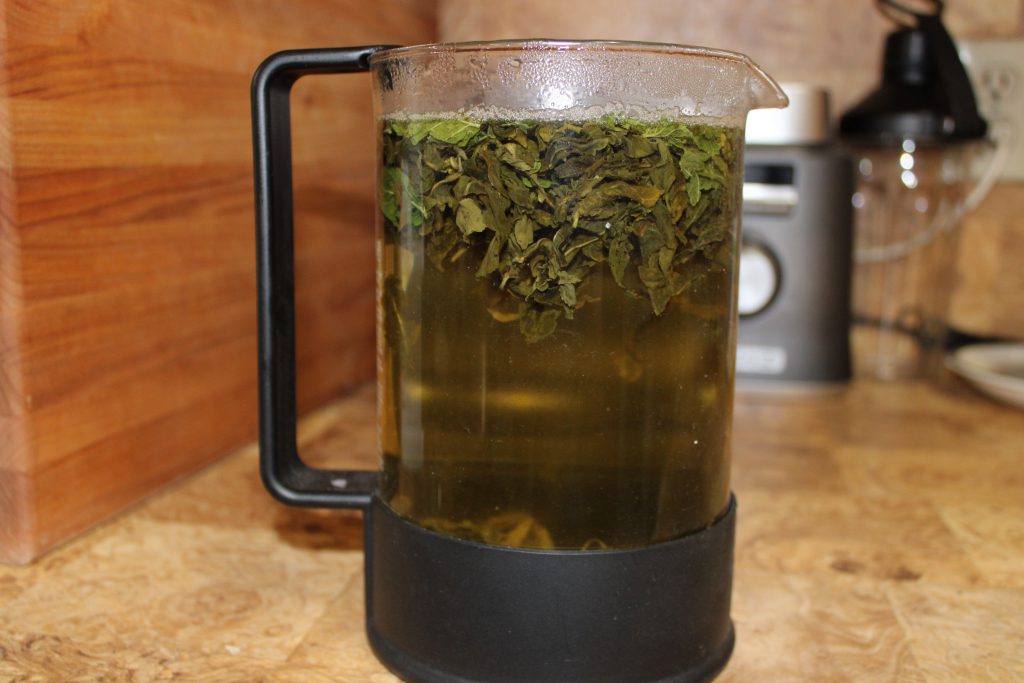
Issues Using a Dehydrator.
After all this, I am sure the question is why do I not use my dehydrator on my herbs. The simple answer is that I think it destroys the essence of the herbs.
A dehydrator is a fan and a heater. While it does not cook it in a culinary sense, it does heat the herbs up and blow air over them. While this is great at driving off water quickly, it is even better at driving off the volatile essential oils that give herbs their fragrance and taste.
I think my dehydrator is great but you need to use the correct tool for the correct job or risk lackluster results.
You can do this technique on most herbs but there are other ways to keep your plants going through the winter. I might do an exploration of that in the next month or so. It is much more interesting.
